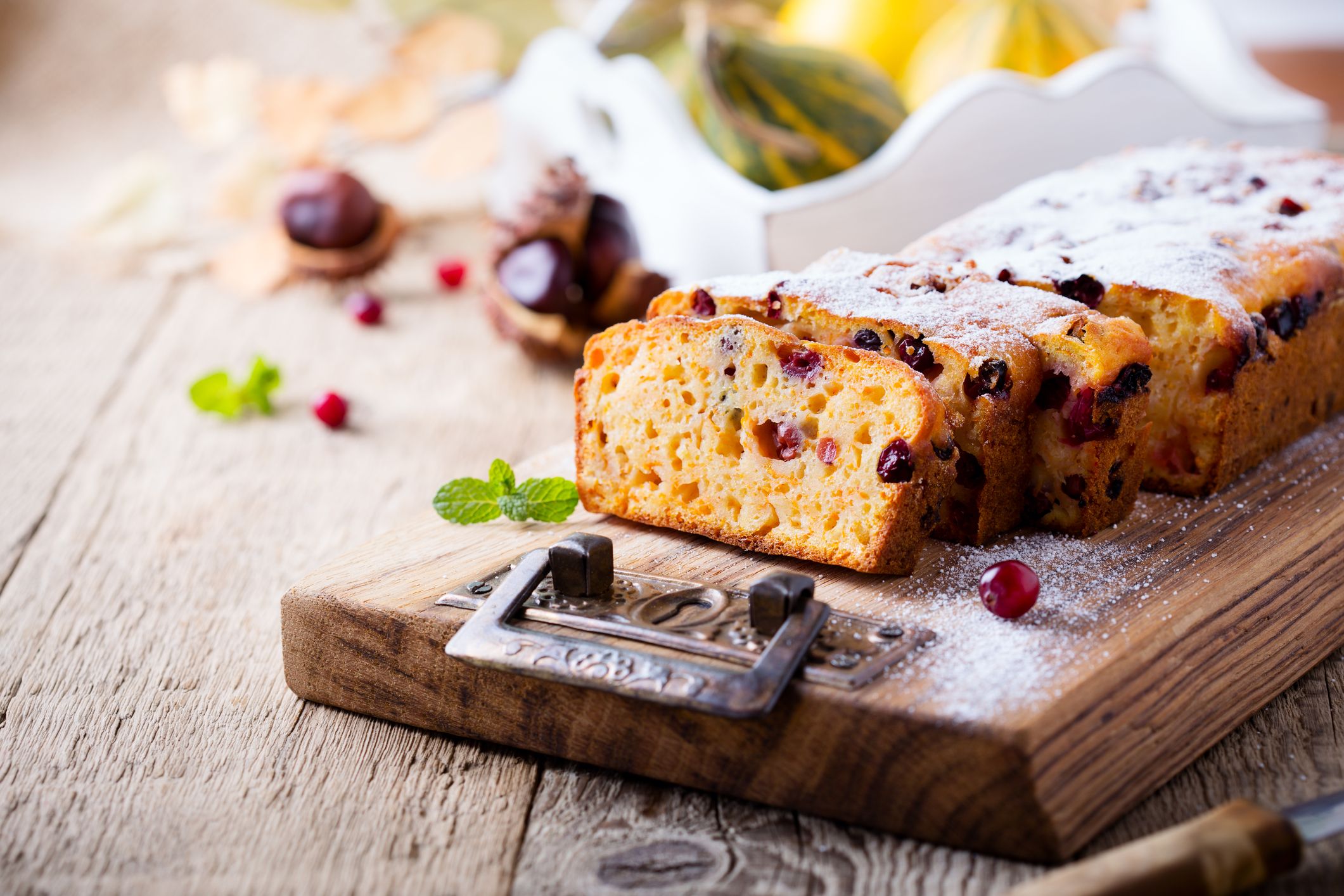Some of the world’s most popular spices – nutmeg, cinnamon, allspice, cardamon, and cloves among them – are often associated with comfort foods, festive dishes, and holiday baking. All are warm, aromatic spices that have been prized for centuries in cooking, medicine, and trade, with some so valuable that they drove European exploration and colonial wars in the East Indies in the fifteenth, sixteenth, and seventeenth centuries.
Cinnamon, for example, was considered more precious than gold in ancient Egypt, where it was used for embalming and perfume. Allspice, which tastes like a blend of cinnamon, nutmeg, and cloves, was named by English explorers in the seventeenth century who thought it combined the flavor of several spices in one. And cloves, highly prized in ancient trade, were used in China as early as 200 BCE. By the Middle Ages, they were worth their weight in gold in Europe, fueling trade wars between the Portuguese, Dutch, and British. History aside, it’s time to check your spice rack to be sure yours are fresh and flavorful for some of these yummy autumn loaves and, of course, for the Christmas cakes coming soon.

Spices.
SPICED FIG AND WALNUT CAKE
Serves 8
You’ll love the flavor of the tea-soaked figs in this cake (try Earl Gray for additional flavor). Soaking dried fruits in a liquid like tea is a technique many cooks use to plump up fruit in fruitcakes and tea breads.
2 cups hot black tea
10 large dried golden figs, halved
1 cup flour
1 teaspoon baking powder
1/4 teaspoon salt
1 teaspoon ground cinnamon
1/4 teaspoon ground nutmeg
1/2 teaspoon ground ginger
1/2 teaspoon ground cloves
6 ounces butter, at room temperature
1 cup granulated sugar
1/2 cup light brown sugar
3 large eggs
1 teaspoon vanilla
1/2 cup chopped walnuts
Confectioners’ sugar, for dusting
Crème fraîche, for serving (optional)
1. Soak the figs in tea for about 30 minutes.
2. Preheat the oven to 350°F. Coat a 9-inch round baking pan with no-stick baking spray; line the bottom with parchment paper.
3. In a large bowl, whisk together the flour, baking powder, salt, cinnamon, nutmeg, ginger, and cloves.
4. Beat the butter and granulated sugar on medium speed until light and fluffy. Beat in the brown sugar and 1 egg. Beat in the flour mixture and remaining eggs in 2 additions. Beat in the vanilla; stir in the walnuts.
5. Drain the figs; cut into small pieces. Stir into the batter. Transfer to the prepared pan; smooth the top.
6. Bake the cake for 45 to 50 minutes, or until a skewer inserted into the center comes out clean. Let cool on a wire rack for 10 minutes. Run a knife around the edge of the pan to loosen. Invert the cake onto a serving plate; remove the parchment. Return to upright. Dust the top with confectioners’ sugar before cutting into slices. Serve with a dollop of crème fraiche, if desired.
Pumpkin-Cranberry Bread
Makes 2 Loaves
This is a big recipe! It makes two standard loaves (in 8-or 9-inch pans) or six smaller loaves (in 5-inch pans) that are perfect for gift-giving or tea sandwiches. The glaze is optional.
2 1/2 cups all-purpose flour
2 teaspoons baking soda
1 teaspoon nutmeg
1 teaspoon cinnamon
1 teaspoon salt
1 3/4 cups sugar
1/4 cup canola oil
2 large eggs
1 cup buttermilk
1 teaspoon vanilla
1 cup pumpkin purée
3/4 cup chopped fresh or frozen cranberries
1 cup chopped pecans
1. Preheat the oven to 350°F. Coat the loaf pans with no-stick baking spray.
2. In a large bowl, whisk together the flour, soda, nutmeg, cinnamon, and salt. Stir in the sugar.
3. In another bowl, whisk together the oil, eggs, buttermilk, and vanilla. Stir into the flour mixture. Stir in the pumpkin, cranberries, and pecans. Transfer to the prepared pans.
4. Bake the large loaves for 65 to 70 minutes, or until a skewer inserted into the center comes out clean. (Bake mini loaves for about 50 minutes). Let cool on a wire rack for 10 to 15 minutes. Invert the breads onto the rack; return to upright. Let cool completely before cutting into slices.
GINGER-PEAR LOAF
Makes 1 Loaf
There are over 3,000 known pear varieties grown around the world, each with a distinctive character, texture, and flavor. The most popular and recognizable pears are the yellow Bartlett, with a true pear shape, followed by the elegant, egg-shaped Anjou, (also called d’Anjou), the graceful Bosc, pudgy Comice, and tiniest Forelle. Crisp, crunchy, and sweet, U.S.-grown pears are harvested from the middle of August through the end of November. This loaf, which uses ground ginger and crystallized chips, is perfect on its own or topped with a light streusel (optional).
2 cups flour
1/3 cup (packed) light brown sugar
3 teaspoons baking powder
1 teaspoon salt
1 teaspoon cinnamon
1 teaspoon ground ginger
1 to 2 tablespoons crystallized ginger chips
1 large egg
1/2 cup canola oil
3/4 cup milk
1 cup peeled, cored and chopped Anjou pear
1. Preheat the oven to 350°F. Coat an 8-inch loaf pan with no-stick baking spray.
2. In a medium bowl, whisk together the flour, brown sugar, baking powder, salt, cinnamon, ginger, and ginger chips.
3. In another bowl, whisk together the egg, oil, and milk; stir into flour mixture until blended. Stir in the pear. Transfer to the prepared pan.
4. Bake the loaf or 60 to 65 minutes, or until a skewer inserted into the center comes out clean. Let cool on a wire rack for 30 minutes. Run a knife around the edges of pan to loosen. Invert the loaf onto the rack; return to upright. Let cool completely before cutting into slices.
Streusel: In a small bowl, combine 1/4 cup (packed) light brown sugar, 1/4 cup chopped walnuts or pecans, and 1 tablespoon ginger chips. Sprinkle over the loaf.
Margaret Johnson’s “Recipes” page also includes “Ireland Hopping: Adventures in Food, Drink, and Travel.” To order one of her signed cookbooks, visit her website here.








